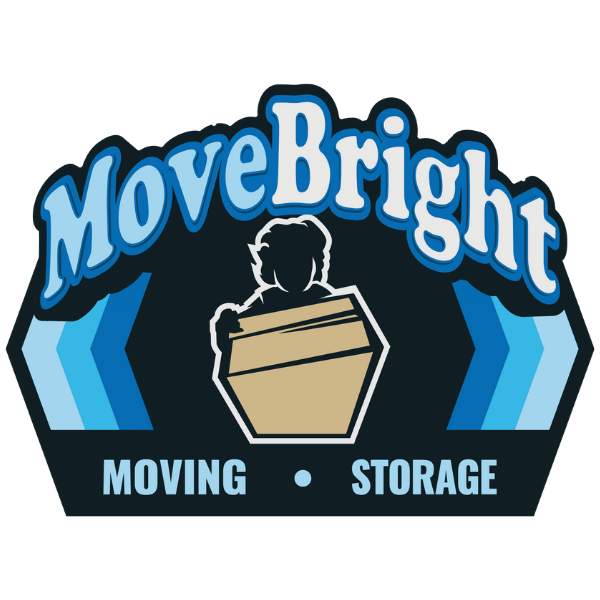Whether you’re moving and need temporary storage or you need a long-term solution to your clutter, renting a storage container is ideal for people who are relocating. You should be able to locate a self-storage rental that is cost-effective and convenient, whether you live in the city or the country. Customers should understand how to properly prepare and pack items before tossing any belongings inside a storage box without knowing it. From generating an inventory list to protecting objects from moisture and weather extremes, there’s plenty of stuff for customers to learn.
Belongings to Keep Out of Your Storage.
First, you need to keep some things out of your storage. These would include medical supplies. Some medical equipment contains radioactive material that cannot be stored legally. Combustible or flammable items. Items that are explosive or flammable should never be stored in a storage unit since they pose a risk to your things and the other storage units in the facility. Firearms. When it comes to weapons, make sure to verify with the storage unit facility about their policies — some restrict the sorts of weapons that can be stored, while others outright prohibit them. Unregistered vehicles. This is because Car storage is still one of the most popular storage alternatives, but you must ensure that your vehicle registration is up to date and that it complies with the laws of your state. Unregistered automobiles are classified as abandoned automobiles in several states. Anything with a strong odor, such as perfume or lotion, should be stored with caution. And last but not least items with strong smells. These items are known to attract mice and rats, which can be a significant issue for your storage facility.
Keep What Is Essential to You.
After that, consider whether anything needs to be kept before putting it inside your storage container. The more you save, the larger the storage unit you’ll require; And, of course, the bigger the storage unit, the more it will cost. Consider each item carefully before placing it in storage. If it’s not sentimental or valuable to you, consider donating or selling it instead.
Make A Detailed List
It’s easy to lose track of what you put in storage while moving during a rush. So, before packing your belongings, make an inventory list of everything you intend to store. You may keep up with everything, from paintings and photos to furniture and tiny knick-knacks, in an organized manner. I propose keeping a duplicate for yourself and leaving one inside the unit. This way, when you retrieve things, you’ll have your inventory list right at hand.
Use Plastic Storage Containers
If possible, I recommend using airtight, transparent plastic storage containers for your belongings. You’ll be able to tell what’s inside when you go to the storage unit this way. You won’t have to try and locate a specific book or any other random item. Instead, you’ll be able to identify what you’re searching for immediately.
Label Any Cardboard Boxes You May Use
Do you have a lot of leftover moving boxes? If you opt for cardboard boxes rather than plastic bins, ensure they are sturdy enough to endure long-term storage. Because you can’t see what’s inside a cardboard container, you’ll need to thoroughly and clearly label each one. Also, be sure to include the specifics of each item in the box. Instead of writing “kitchen things” on a box, consider labeling it “pots, pans, and utensils.”
Make Sure Your Unit Is Climate Controlled.
Make sure your storage unit is climate controlled. This is important because if it is, then it can prevent mildew and mold from harming your possessions. If you decide to rent a non-climate controlled storage space, be aware that cardboard and paper products are prone to mold growth. So ensure you pack appropriately.







